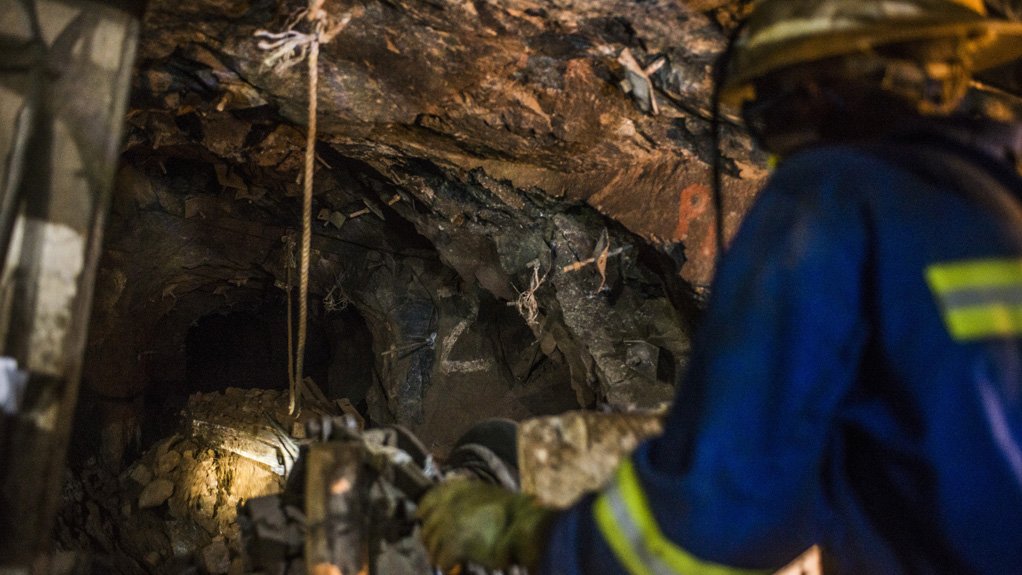In the labyrinth of economic woes characterized by suppressed business pulse, spiraling inflation and currency depreciation, Africa’s second largest red metal hotspot, Zambia, is at the cusp of a bail out package with the Washington based lender, the International Monetary Fund (IMF). This follows the lenders Director Africa, Aemro Abebe comment captured by Bloomberg on April 15 where he expressed hope on progress and the optimism in getting endorsements of political leaders. However time decay as the parliament nears dissolution ahead of the August polls remains the copper producers adrenaline barometer if bailout is to happen by May 14. Whether or not, what remains eminent is that odds of bailout in an extended credit facility have widened significantly.
Read also: IMF sees Zambia program deal possible before august elections
Global de-carbonization efforts and China’s growth are pushing copper higher
Coming from a week of positive developments such as vaccine rollout program commencement and reprieve on the local currency rating by Fitch to ‘CCC,’ the red metal producers economic rebound momentum is being bellwethered by something else, coppers bullish trajectory. Supported by global de-carbonization efforts, a climate change agenda that has seen demand for lithium battery charged electric cars, infrastructure projects in the US, Chinese economic recovery to claw back lost 2020 growth, red metals on the London Metal Exchange continue trading north of $9,175/MT. Top commodity trading giants such a Trafigura forecast $15,000/MT copper in the next decade while Citigroup see’s the red metal at $12,000/MT in the medium term as the deficit widens.
Dr. Copper is said to be the bellwether for economic pulse globally and this does hold for Zambia. Amidst a shareholding re-organization in key mines, the authorities in the Southern African nation will seek to correct a 25- year old privatization era anomaly which is aimed at shoring up benefits of copper exports which have for decades kept it at the receiving end of a hard bargain. The mining authorities have hiked the 2021 copper production target to 900,000MT from 868,000MT in a COVID stricken 2020 as it seeks to narrow the gap between it and Democratic Republic of Congo (DRC).
Zambia has a pipeline of projects yet to materialize that will add significant inventory of production in the next few years. These include the Kansanshi (S2) and the Lubambe projects summing up to circa two yards ($2billion). It is vivid that a number of drivers are at play for Zambia as it approaches the August 2021 polls key of which are both ‘upside and downside’ political risk factors that remain eminent key of which include decisions as to whether or not an extended credit facility from the Washington based lender, IMF, will be nodded. Optimism is still on the cards, as to whether or not the deal prescriptions are adopted, will be a matter of a call by the political leadership (cabinet) between now and May 14 (very tight timelines), exactly a fortnight to parley dissolution and 3-months to the August polls.
IMF deal, a precursor to Zambia’s successful debt restructure
A chicken and the egg question as to which should come first, debt restructure or bailout. Amidst a debt reorganization handled by Lazard Frere’s it is evident that creditors especially bondholders will be more likely to nod Zambia’s restructure only when it secures IMF bailout. Zambia has skipped four coupon payments on its outstanding stock of eurobonds making it the first frontier market to default on dollar assets in these pandemic times. It is for this reason that an extended credit facility is critical for the red metal producer.
Could higher red metal prices brighten foreign currency rating outlook?
Rising prices signal the copper producers improved earning capacity which will improve debt service capacity to some degree. This will provide support towards balancing of fiscal deficit which remains widened currently. However for as long as Zambia’s default position persists, it is unlikely to get reprieve from credit rating agencies on the foreign exchange portion of Zambia’s outstanding obligations. International rating agencies namely Fitch, Moody’s and Fitch have Southern African nations long term foreign currency issuer risk assessment at default while recently Fitch upgraded the local currency portion to ‘CCC’ from ‘CC’.
Additionally, given an improved outlook in the energy and agriculture sectors amidst inherent country risks, Zambia is poised for a slightly higher economic rebound than projected by the World Bank of 0.6% (2021) and 1.1% (2022) versus a 1.8% (2021) MinFin estimate. Risks to growth still reside in dollar scarcity which remains key driver of cost push inflationary effects weighing private sector pulse.
The Kwacha Arbitrageur

